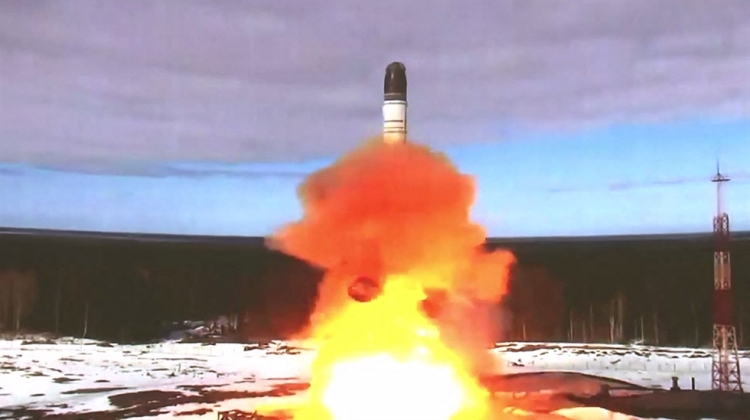News
Russian Nuclear Forces Put New Missile Regiment on Duty – While U.S. Faces Possible Loss of ICBM Capability

A new missile regiment has entered combat duty in the Russian Strategic Missile Forces, according to a statement by the forces’ commander Colonel General Sergey Karakayev. “A missile regiment has gone on combat duty within the Bologovsky missile compound, which is equipped with a RS-24 Yars mobile ground missile system,” he stated on December 16, elaborating that this would improve the capabilities of the relevant formations. The Yars ICBM is one of two systems entering service in parallel in the Russian Armed Forces alongside the much larger Sarmat missile which is approximately four times as heavy and can carry significantly larger warheads in greater numbers. The first Sarmat unit went on combat alert in late October, while the Yars began to enter service from July 2010 and currently equips eight divisions with closet to 150 missiles in service. The Yars was developed in secret as a successor to the Topol-M that entered service from 1997, with a primary difference being the newer missile’s ability to carry multiple independently targetable warheads for greatly increased firepower and reduced vulnerability to interception.
In parallel to continued expansion of the number of Yars missile regiments in service, not only is the number of Sarmat missile units expected to continue to expand rapidly despite prior significant delays to the program, but existing silo based RS-18A missiles inherited from the Soviet era are also being modified to carry Avangard hypersonic glide vehicles. These provide a strike capability which has no equivalent among foreign militaries, although the Chinese People’s Liberation Army is suspected to be close to fielding a similar and potentially significantly more capable glide vehicle for its own strategic forces. The Avangard’s flight profile and high manoeuvrability make it extremely difficult to intercept, and thus allow it to serve as a force multiplier for regiments deploying older missiles. Russia’s ground based ICBM force is considered by far the most capable in the world, despite significant expansions to and modernisation of the much smaller Chinese arsenal, while the United States by contrast relies on by far the oldest ICBM class in the world, the half a century old Minuteman III, as its sole class. Serious difficulties developing a successor has raised a growing possibility that the U.S. will be forced to forego deployment of ground based intercontinental range ballistic missiles entirely and decommission the Minuteman III arsenal without replacement. A part of the reason for the discrepancy between the two former superpowers has been America’s much greater reliance on submarine launched ballistic missiles and nuclear bombers, where Russia has relied on ICBMs to provide the bulk of its strategic nuclear strike capability.












